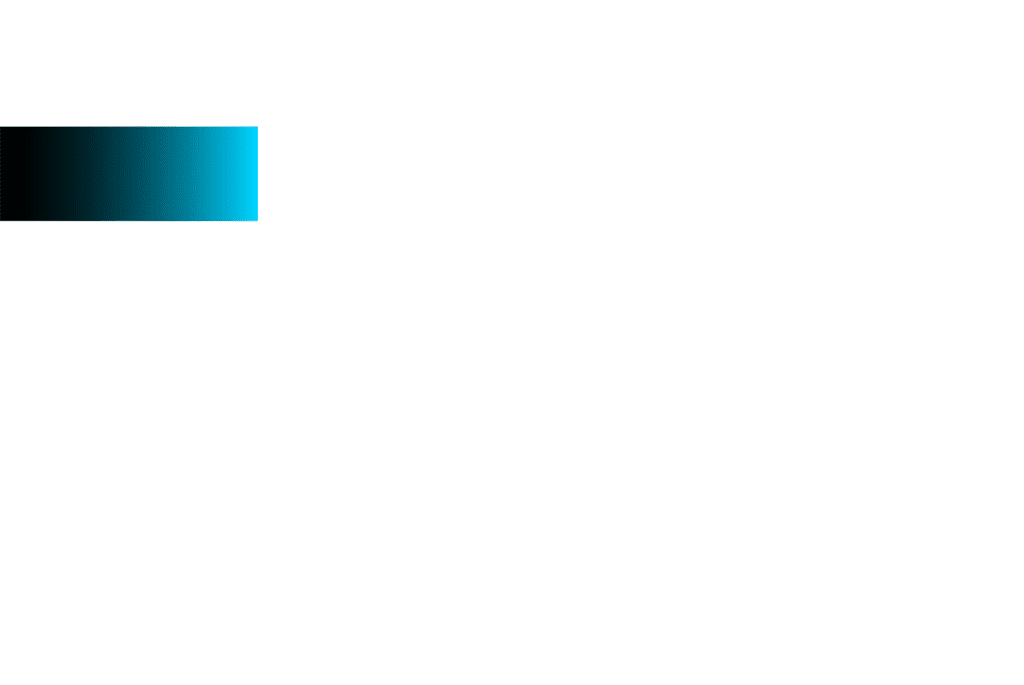Are you experiencing choppy video calls? Critical emails being delayed – and upsetting your customers? Latency issues are common and may be worth investigating. After all, your reputation is important and poor network performance isn’t an excuse. Latency is not only frustrating but can also be a costly business problem. Read more to learn more about this common issue and how it can impact you:
What is Latency? A Simple Breakdown
Latency and bandwidth are key components of network performance. Despite being similar, these terms are not interchangeable and refer to different concepts.
A breakdown of the terms:
- Latency – also referred to as “lag” – is the time it takes for data to transmit from one point to the next. Low-latency means your network experiences small delays, whereas a high-latency connection translates to longer delays.
- Bandwidth – often referred to as the width of the communication band – is the data transfer rate over a fixed period. The wider a communication band is, the faster the data can travel through it.
High-latency issues show up in many ways, including delayed emails, poor system/application performance, slow website load times, or choppy video or VOIP calls. After all, your system can only perform as well as the network allows.
Does your business have a latency problem?
Identifying poor network performance patterns, as discussed above, is the first step to diagnosing a problem. The next step is to understand what kind of internet connection your business is using. Each connection type – ADSL, cable, satellite, or fibre optic – will perform differently and needs to be taken into account. As latency is about data travel time, it follows that an internet connection via satellite will be slower. The data signal has to travel thousands of miles after all.
ADSL and cable connections are delivered through existing phone (copper) and cable (coaxial) lines and will inherently be faster. These are common connection types and are ideal for shorter network distances – ideally less than 100m, as the network will degrade if the line gets much longer.
Fibre-optic connections can easily manage data signals over longer distances (12+ miles) and are the fastest internet infrastructure available for businesses. However, fibre is not as widely available in many areas and can come with higher setup costs. Most businesses will use a combination of wired and wireless technology, but wireless speeds will depend on hardware, distance, and frequency interference. There are a lot of factors to account for, but if you’re confident that your business has the right type of internet connection, high latency could be the cause of your problems.
What Now?
The good news is that the vast majority of delay issues are temporary, resolving within a few hours to a day. But, if your business network experiences persistent challenges, it’s worth monitoring the internet’s performance over a short time. Using a free online measurement tool, such as Speed Test by Ookla, 2-3 times per day over several days will provide data points that can help with follow-up discussions with an Internet Service Provider (ISP) or external technical support teams. It’s worth reviewing your Service Level Agreement, or SLA to ensure you’re getting the quality and reliability you’re paying for. If you’re not sure what this should look like, review our 10 reliability questions before contacting your ISP.
The Bottom Line
Getting to the bottom of network performance issues can turn into a bigger exercise than you have time for. Determining if your business is matched with the right internet connection can be an in-depth project all on its own. iTel’s team of experts will help you understand your business needs and build an efficient, “right-size” solution. As a national provider of business services, including voice, connectivity, networking and cloud – iTel is dedicated to your success. Contact us today.





